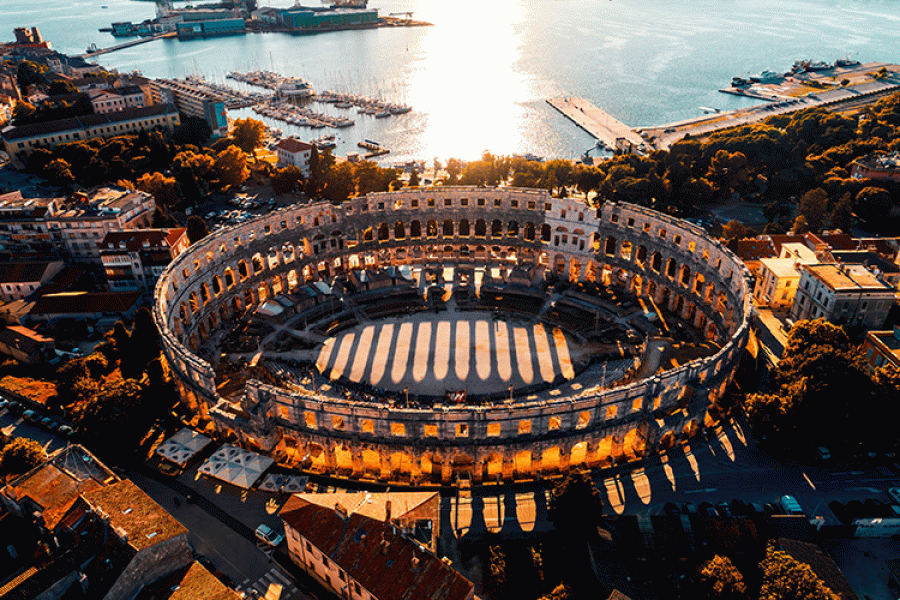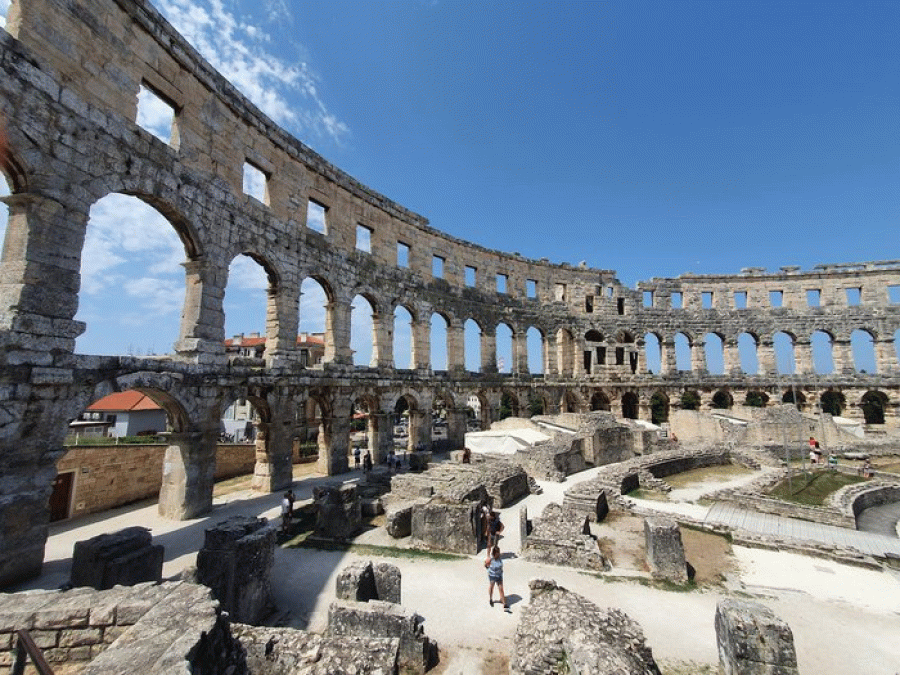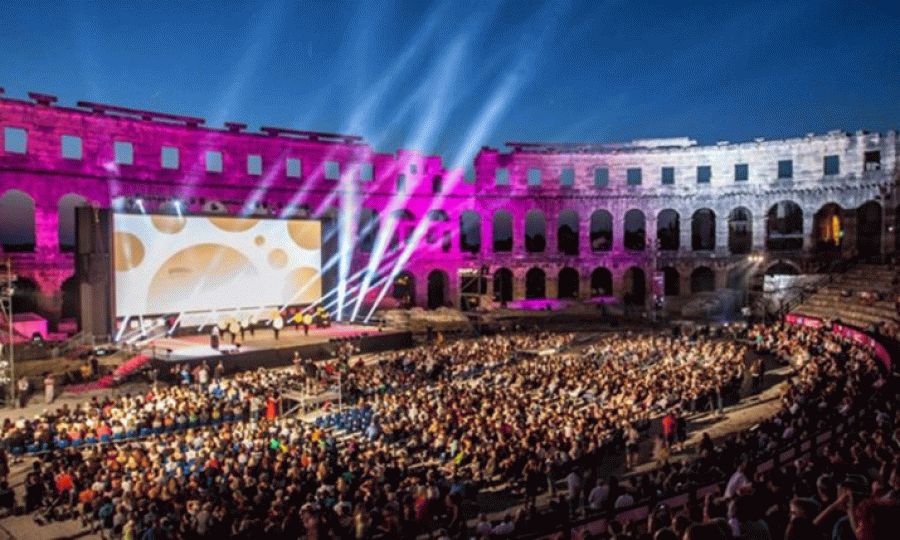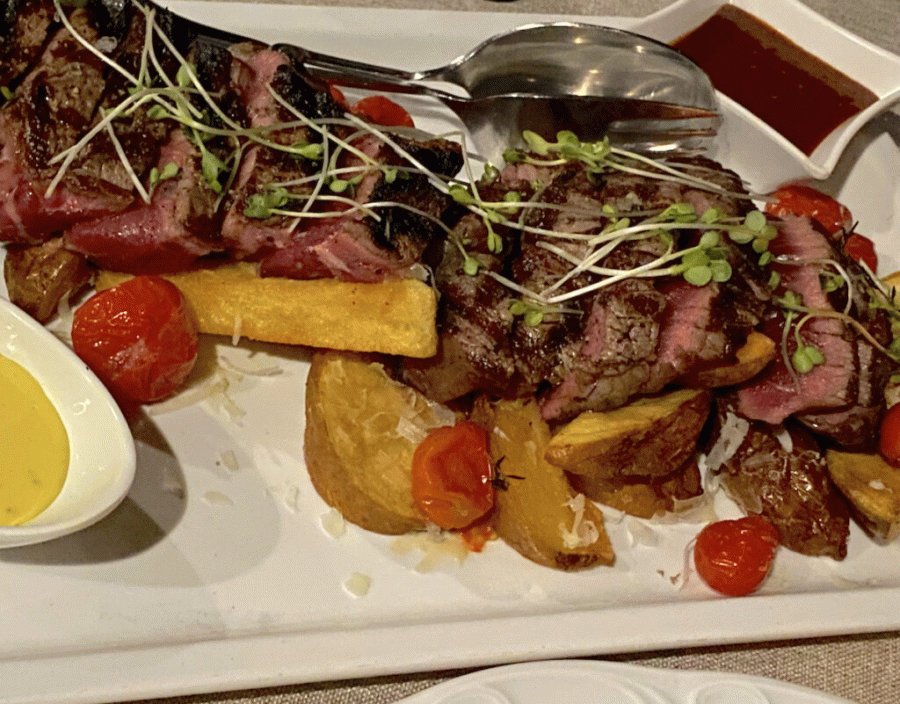Pula Arena - The Oldest Amphitheatre Of Pula- Croatia's Rich History Attraction

One of the biggest Roman arenas in the world that is still intact is the Pula Arena, or Pula Amphitheatre as it is also called. Visit the historical site during the day, and then stay up late to watch a movie, a performance, an opera, or a ballet. Emperor Vespasian, who also ordered the larger and now-famous Colosseum in Rome to be built, commanded the arena's original construction in the first century. Although some of the internal limestone from Pula Arena was taken out and used for nearby homes during the 15th century, the exterior is still largely unaltered. There are many unique details and features on the façade.
Best time to visit: Jun-To-Aug
Things to do: Explore Croatia's Colosseum, Enter Pula in triumph, Drink with James Joyce, Hit the water at Medulin
HOW TO REACH PULA ARENA
- Flight - There are several flights to Pula's international airport from the UK, Ireland, and other places in Europe; for more information, see our Getting to Istria page. The Brioni / FILS shuttle buses can take you from the airport to Pula's central bus stop or other locations in Istria. Details on how to transfer from the airport can be found on our website devoted to transportation to and from Pula Airport.
- Rail - Just a short stroll from Pula Arena and the city center is the red railway station in Pula, which is situated on the city's waterfront. You can walk to the railway station if you don't have a lot of luggage. The bus stop and the catamaran port are both accessible on foot. Public transportation is a different method of getting to the train station. The No. 4 and No. 5 bus lines halt close to the train station. A pass costs approximately 11 HRK (€1,50).
HOW TO GET AROUND
- Local Bus - The bus network in Croatia is operated by a variety of different companies, but the services are well-integrated and the bus terminals are usually well-kept, with departure times that are prominently displayed and effective booking options. Inter-city buses (autobusi) are typically contemporary, air-conditioned coaches, making long distance travel rarely uncomfortable. Stops of ten minutes or longer are made every two hours or so.
- Ferry - The Croatian mainland is connected to the Adriatic islands by a large number of ferry routes. Although private operators (like the Krilo catamaran fleet) are starting to offer competition, the majority of them are operated by Jadrolinija, the primary state ferry company.
- Rental - If you hire a car for a reasonable amount of time in Croatia, it will work out to be inexpensive. Depending on the season, a small hatchback with unlimited rides will cost anywhere from 820 Kn per day to 1600 Kn per week.























